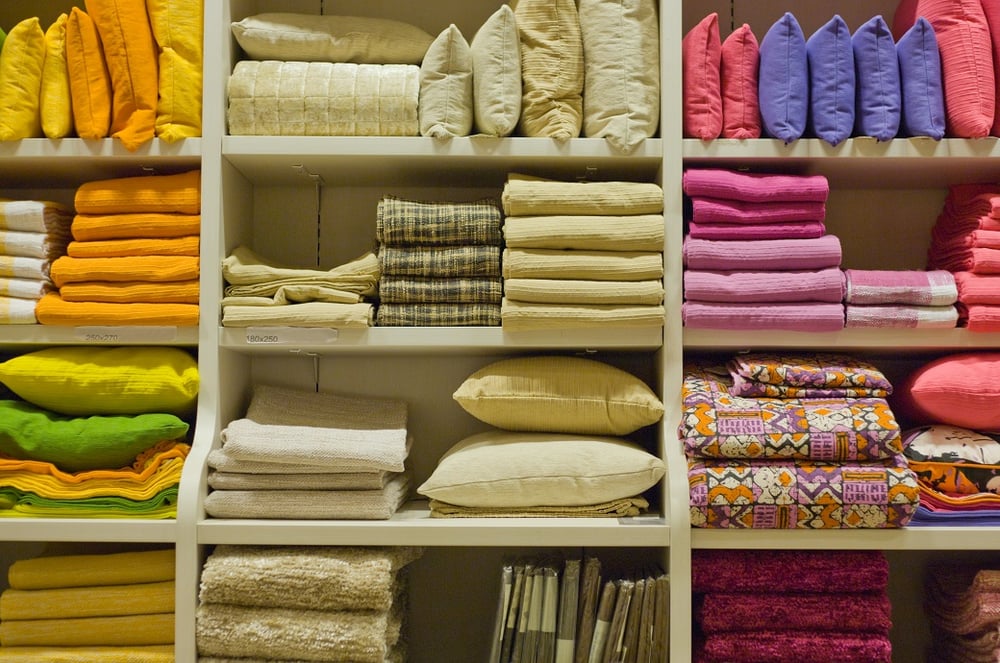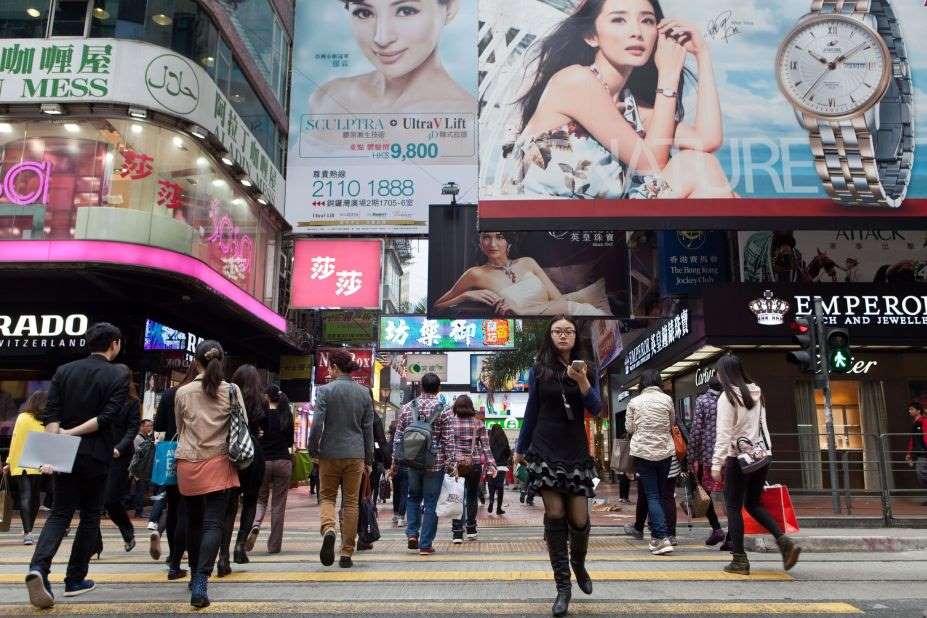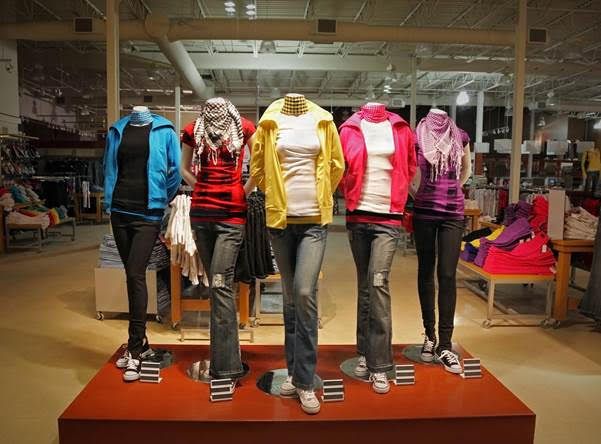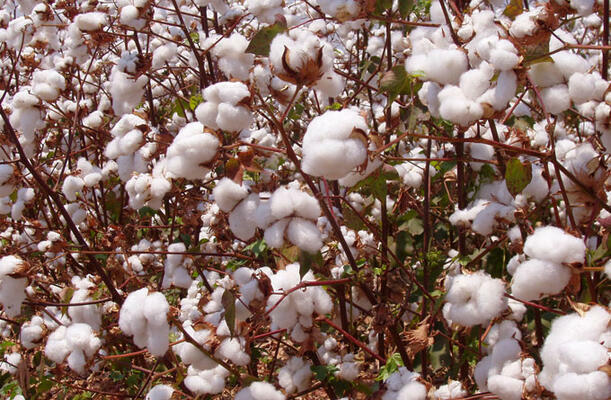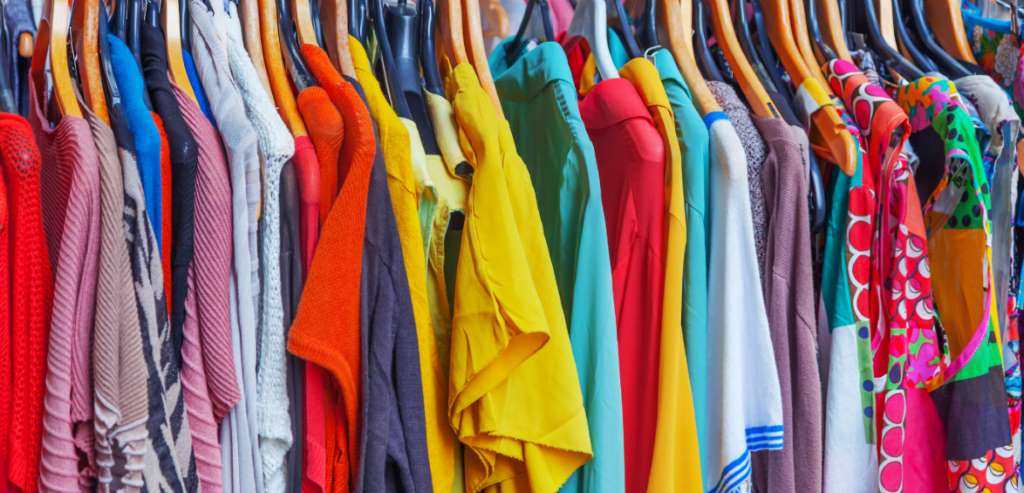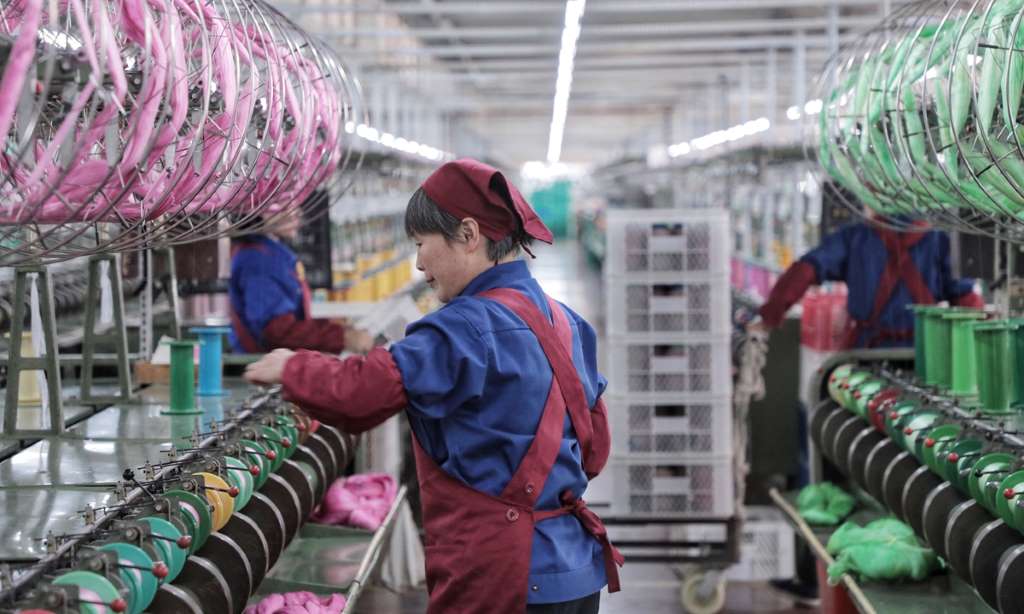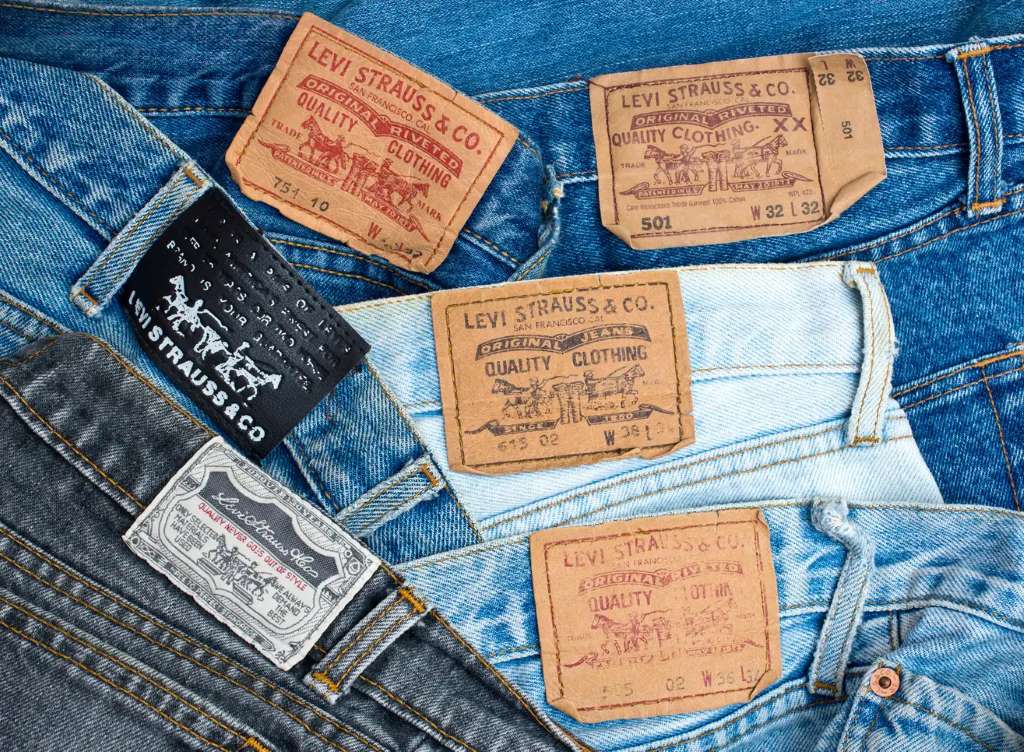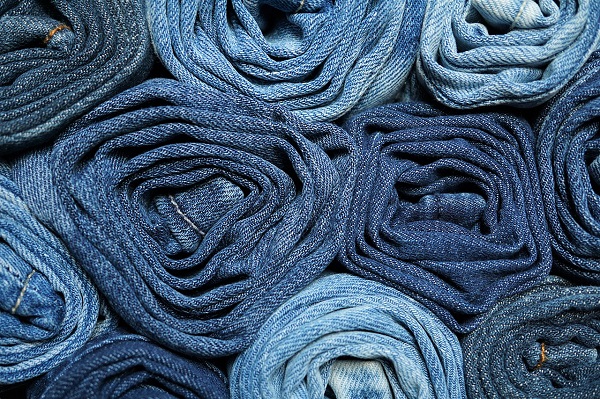
Denim market growth has always been a steady even in the most fluctuating of global economies. Reason: it is a fundamental component of the casual wardrobe and popular across all social and economic segments for men, women and children. With casual dressing becoming the norm in a post-pandemic world, many analysts feel denim will see stronger-than-ever growth in coming years.
Recent forecast by Research and Markets says, the global market for jeans will reach $87.4 billion by 2027 from $63.5 billion in 2020, growing at a CAGR of 4.7 per cent in this period. Be it the US and Canadian markets, Europe or even recovering China, the popularity of fashion denims made with high-tech machinery has propelled it into the luxury segment from being considered as staple wardrobe casual wear earlier.
Versatile on trend portfolio of big players
Leading players in the global denim apparel market are now focusing on growth through new product launches, partnerships, mergers or acquisitions and increasing their geographical footprint. Big names such as Levi Strauss, Gap, VF Corporation, H&M, PVH Corp, Kering, OTB Group, LVMH, True Religion, Ralph Lauren Corporation and Pepe Jeans among others are now improving manufacturing processes while costs, product pricing, and various trends in different regions and countries is being researched in the global denim market.
Companies are now considering various new parameters such as stretch, durability, embellishments, on-trend style, and wearability to provide customized solutions to customers. Regular media coverage of various catwalk fashion shows and celebrity endorsements are attracting customers like magnets in the luxury segment.
Shifting sourcing destinations
As per Office of Textiles and Apparel (OTEXA) statistics, the US recorded the highest levels of denim apparel imports in first quarter of 2022, reaching $965.32 million, up 37.55 per cent from previous year. Once dominated strongly by China and Mexico, US denim apparel sourcing is slowly shifting to other low-cost manufacturing countries such as Bangladesh, Pakistan, Egypt and Vietnam. The denim jeans market is segmented into fitting type, price point, end user, distribution channel, and region. Further segregation takes place in the fitting type with categories such as slim fit, regular fit, skinny fit, relaxed fit, and others. By price point, it is segregated into mass and premium whereas the end-user segment has men, women, and children. The distribution channels include hypermarkets and supermarkets, convenience clothing stores, specialty stores, and online sales channels.
Region-wise distribution is huge as the market is analyzed differently across North America (the US, Canada, and Mexico), Europe (Germany, UK, France, Italy, Spain, the Netherlands and the rest of Europe), Asia-Pacific (China, Japan, India, Australia, South Korea and Rest of Asia-Pacific), and LAMEA (Brazil, Argentina, South Africa, Middle East and the rest of the world.
The Cotton Council International (CCI) and Cotton Incorporated’s 2021 Global Denim Survey conducted in the US, the UK, Germany, Spain, the Netherlands, France, Italy, India, Mexico, and China revealed most popular silhouettes around the globe are regular (37 per cent), slim (34 per cent), straight (33 per cent), skinny (31 per cent), and relaxed (27 per cent).
India presents a fragmented market
India’s domestic denim market has been maintaining an average CAGR of 8 to 9 per cent for a few years and is expected to reach Rs 91,894 crore by 2028. However, denim apparel production in India remains fragmented with only 20-30 per cent of denim apparel manufactured in the organized units. Most denim production activities are concentrated in Delhi-NCR, Mumbai, Bangalore and Ahmedabad. Arvind Mills remains the largest denim manufacturer in India and leads the export markets.
As a versatile fabric that has and will endure many storms, studies show that in spite of the expected recession in 2023, the denim market will continue to grow, even as style trends may change. The global denim market will stride ahead in the next five years as fashionable yet casual dressing popularity even more so in the post-Covid years of comfort and wearability is the USP of most brads.


